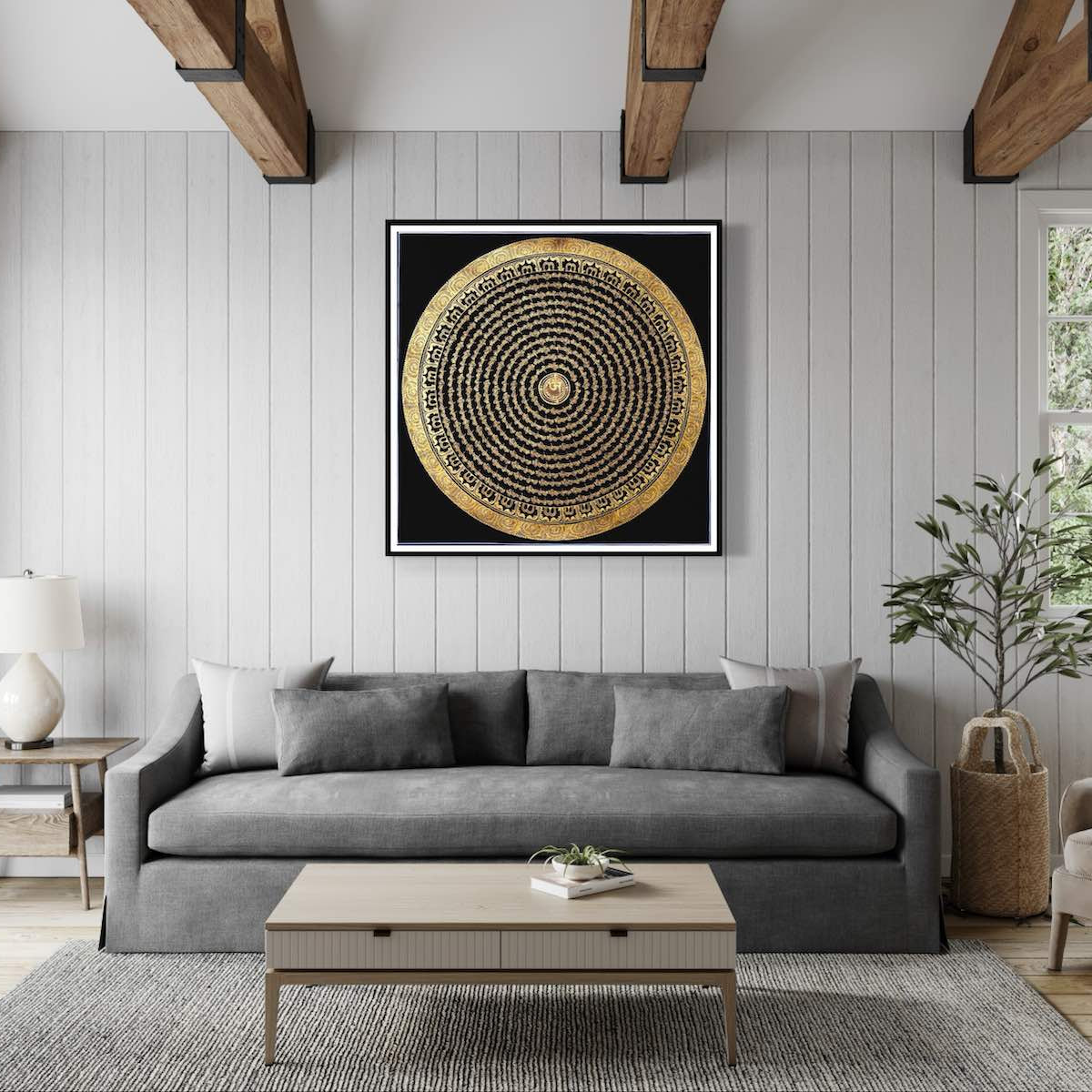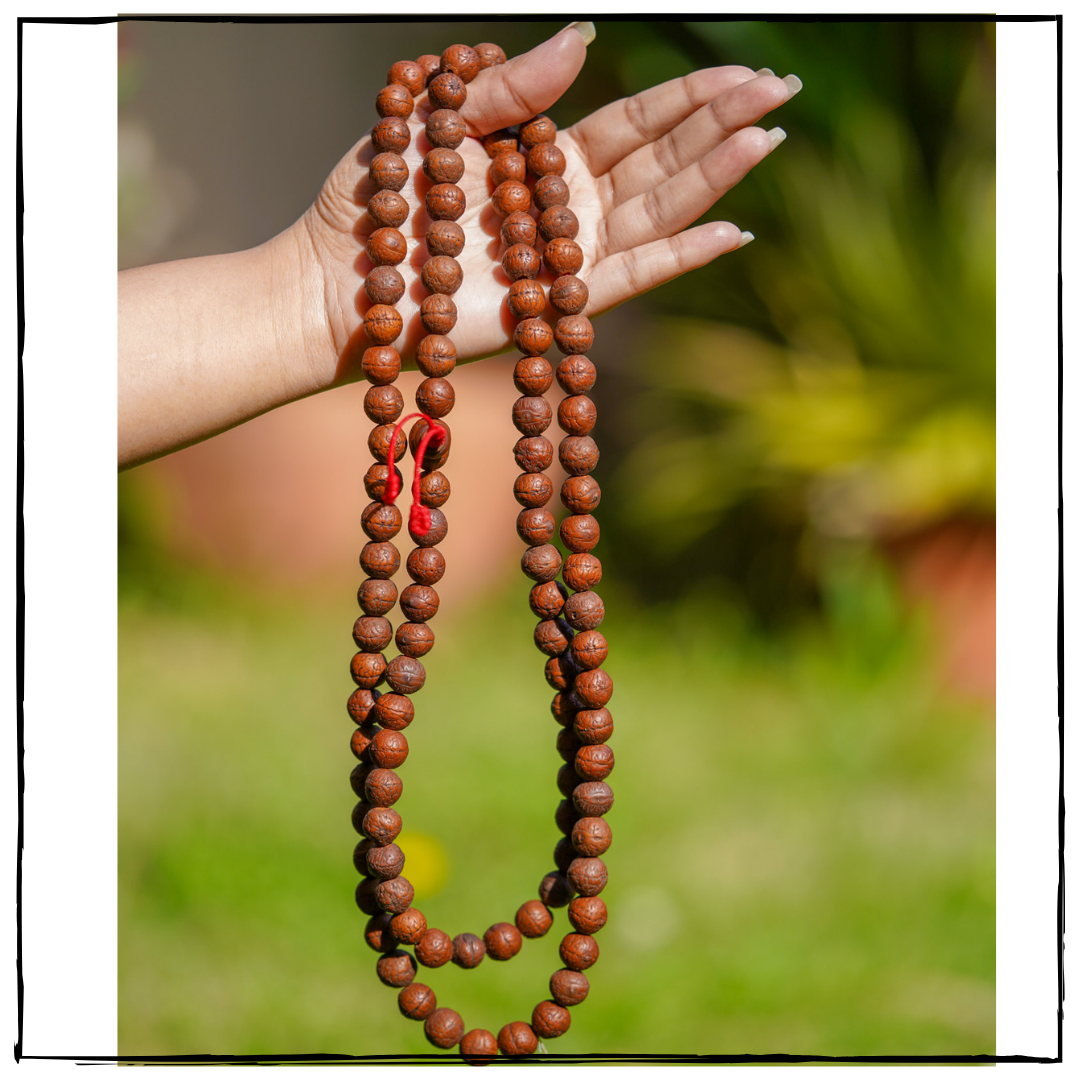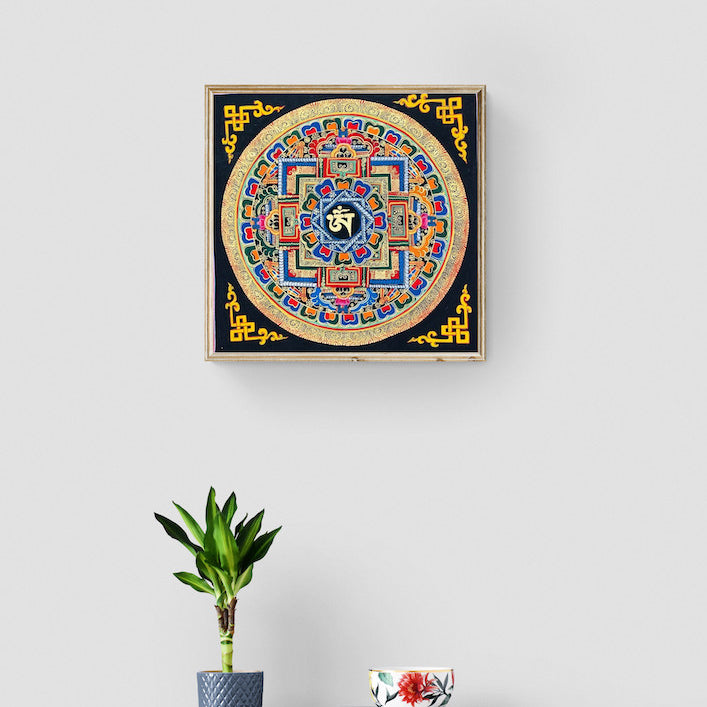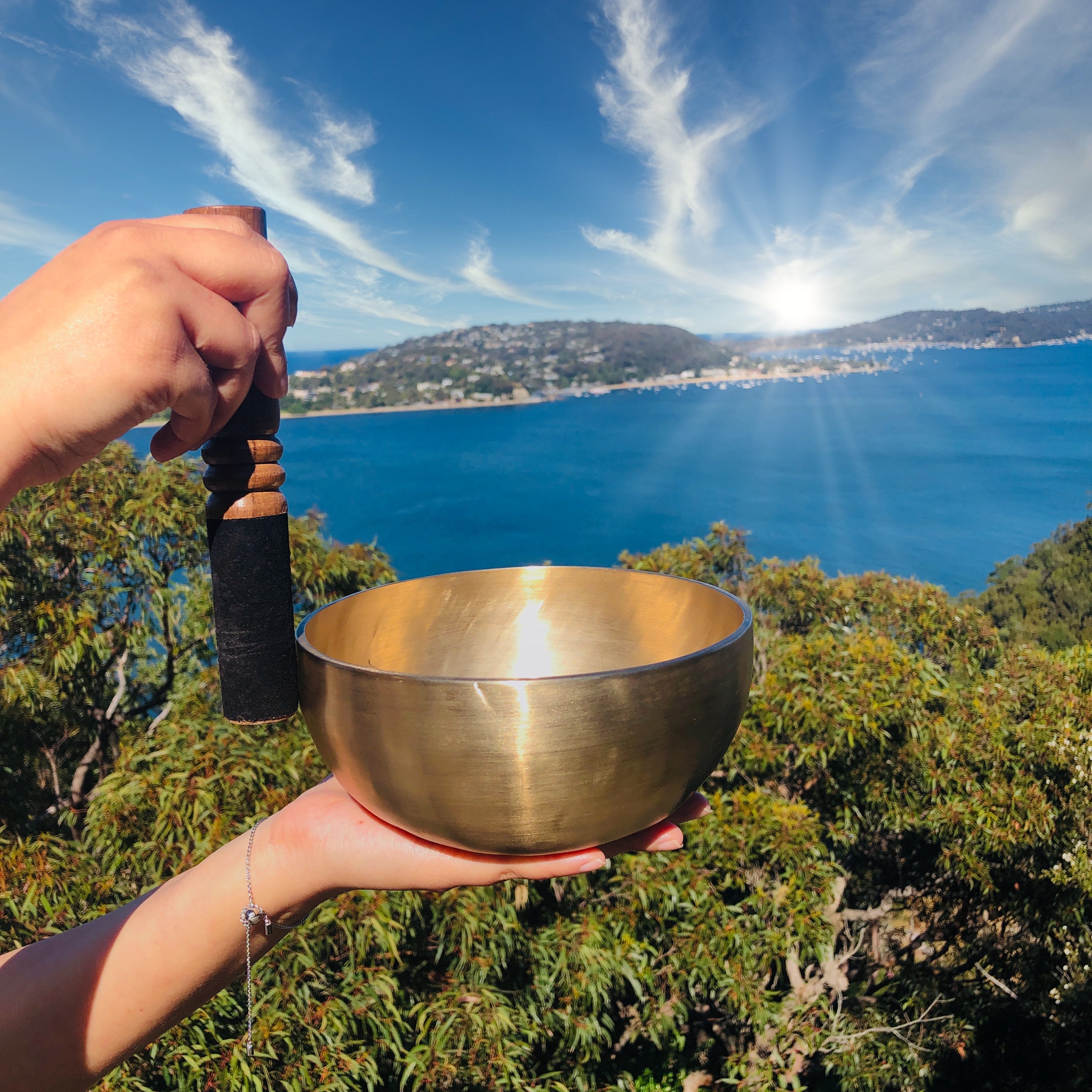Singha Zambala Thangka Painting
Couldn't load pickup availability
Description
Singha Zambala Thangka Painting portrays Zambala (also known as Jambhala or Dzambhala), one of the Four Directional Wealth Deities venerated by Tibetan Buddhism and other Himalayan Buddhist customs. Zambala's are associated with accruing wealth, bringing prosperity, and fending off financial distress.
Zambala, the focal point of the Thangka, is depicted as a wrathful deity seated atop a lotus throne and surrounded by yellow hued hues. His image is accompanied by a mongoose and a cornucopia filled with jewels, symbols of prosperity, coins, gems, and various offerings. As a sign of protection, additional figures and emblems are also present.
Thangkas depicting Zambala are customarily utilized during rituals and ceremonies to appeal for his munificence and the gift of both worldly and spiritual prosperity to those who appeal to him. This dazzling thangkas are perfect for invoking the blessings of the wealth god, as well as for adding a touch of beauty and richness to any environment. They're sure to bring serenity and financial security to any home. This Thangka paintings are crafted by master artisans using the finest silk and intricate embroidery for lasting quality. They’re sure to make a spectacular addition to any room, conveying an aura of elegance and grace.
Product Specification:
- Hand Painted
- Materials: Semi-Precious Natural Minerals
- Base: Cotton Canvas
- Origination: Nepal

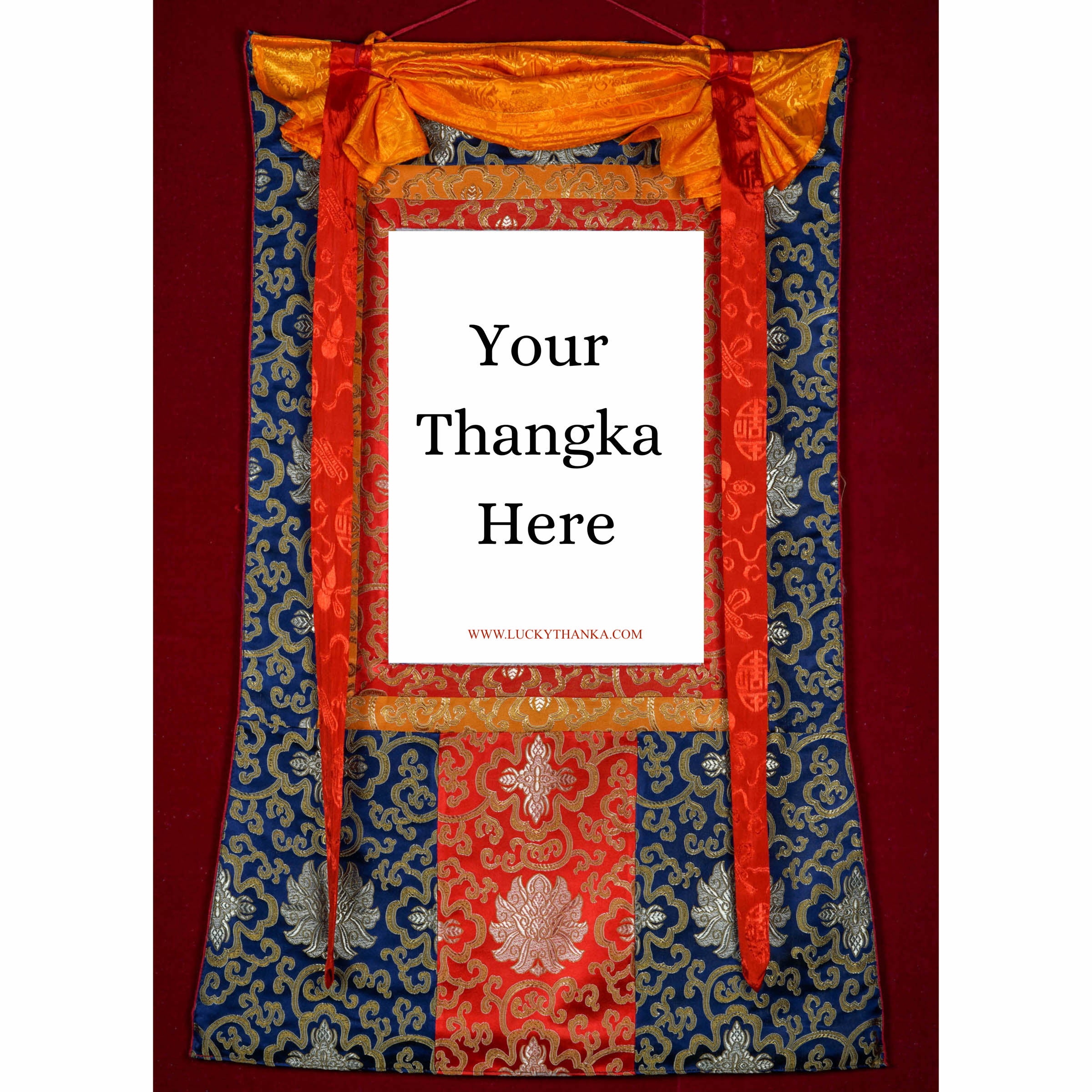
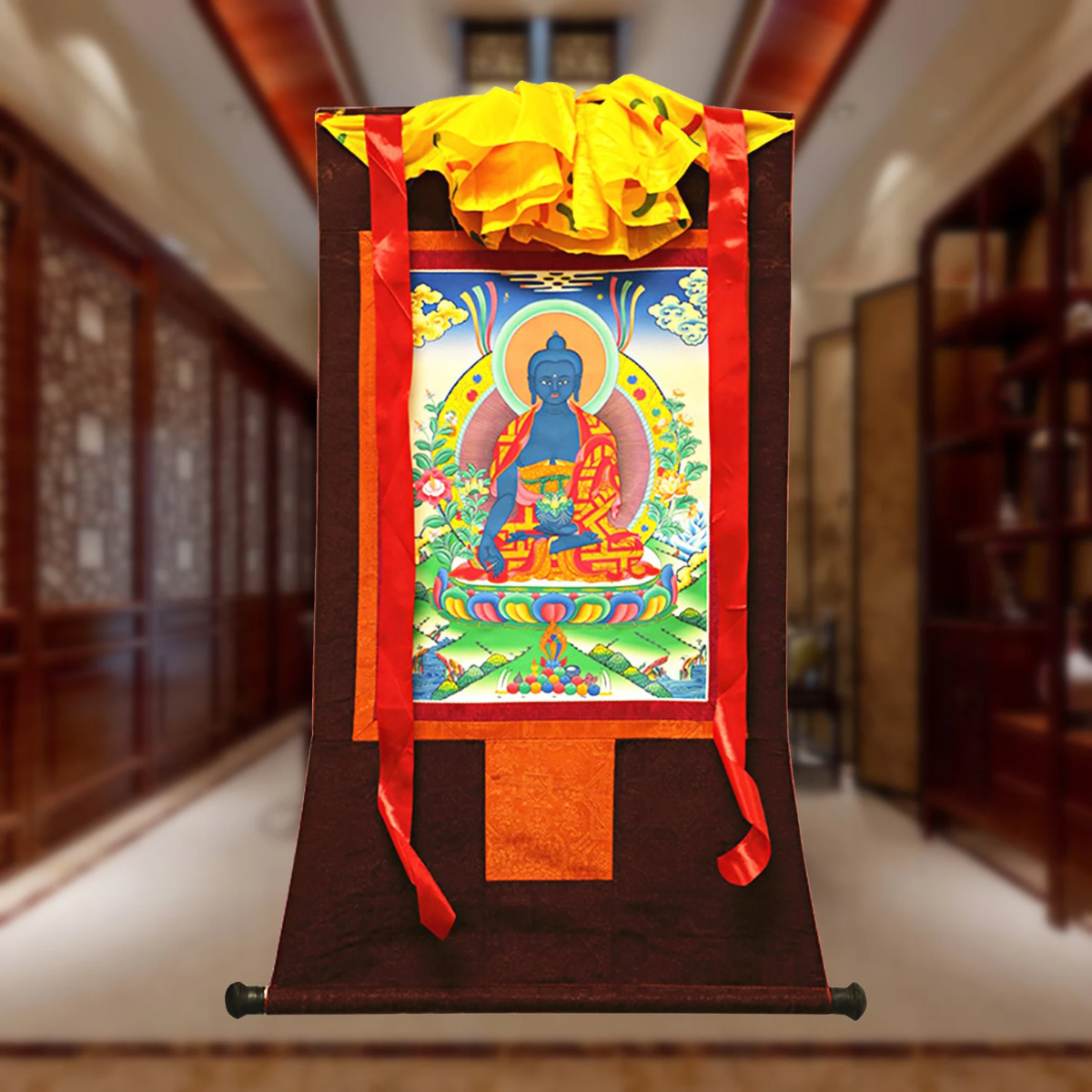
Hand Embroidery Brocade
Want to add a Brocade to your beautiful Thangka Painting? Traditional Style Brocade has been one of the most popular form of mounting as it has a greater religious merit.
Note: Make sure you have added the Thangka to your cart first.
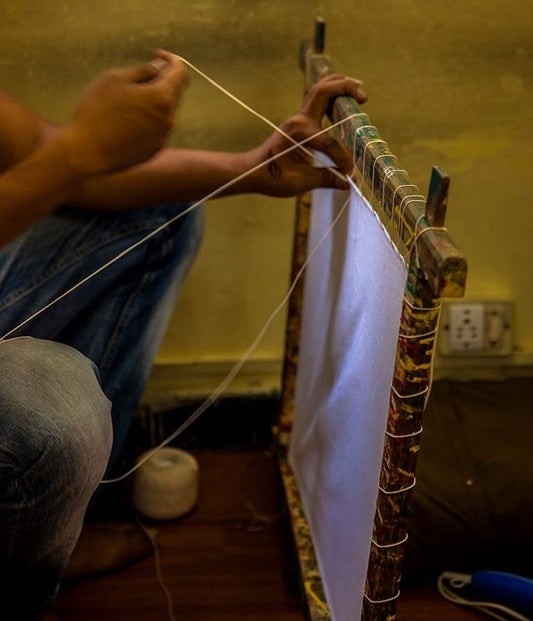
100% Cotton Canvas
Preparing the Cotton canvas before starting to paint a Thangka. This process includes washing, drying, stretching, sizing and everything needed to make a perfect base for the thangka to last for centuries.
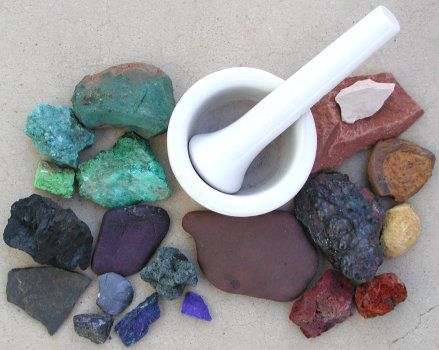
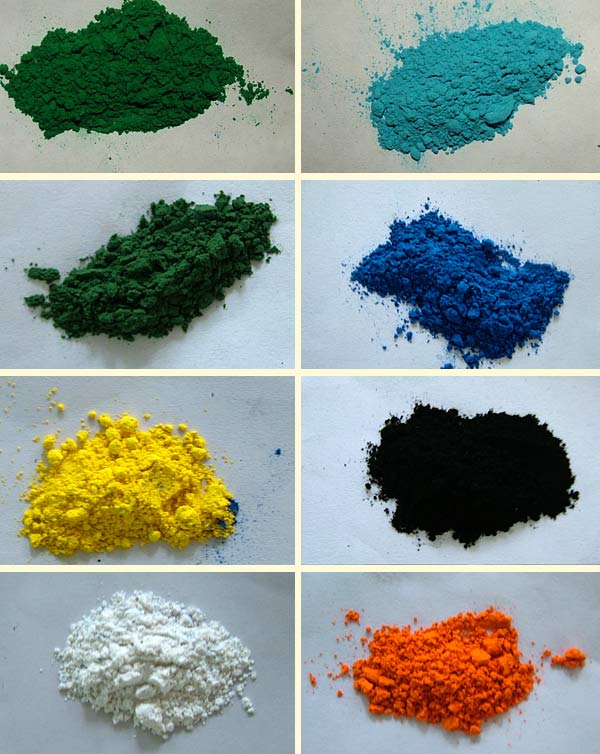
Natural Minerals
Thangka Paintings are painted using the natural minerals. These are firstly grind into the powder form and then used in the thangka as a paint.















